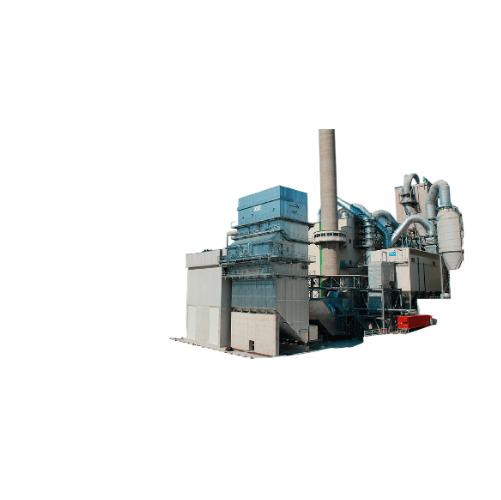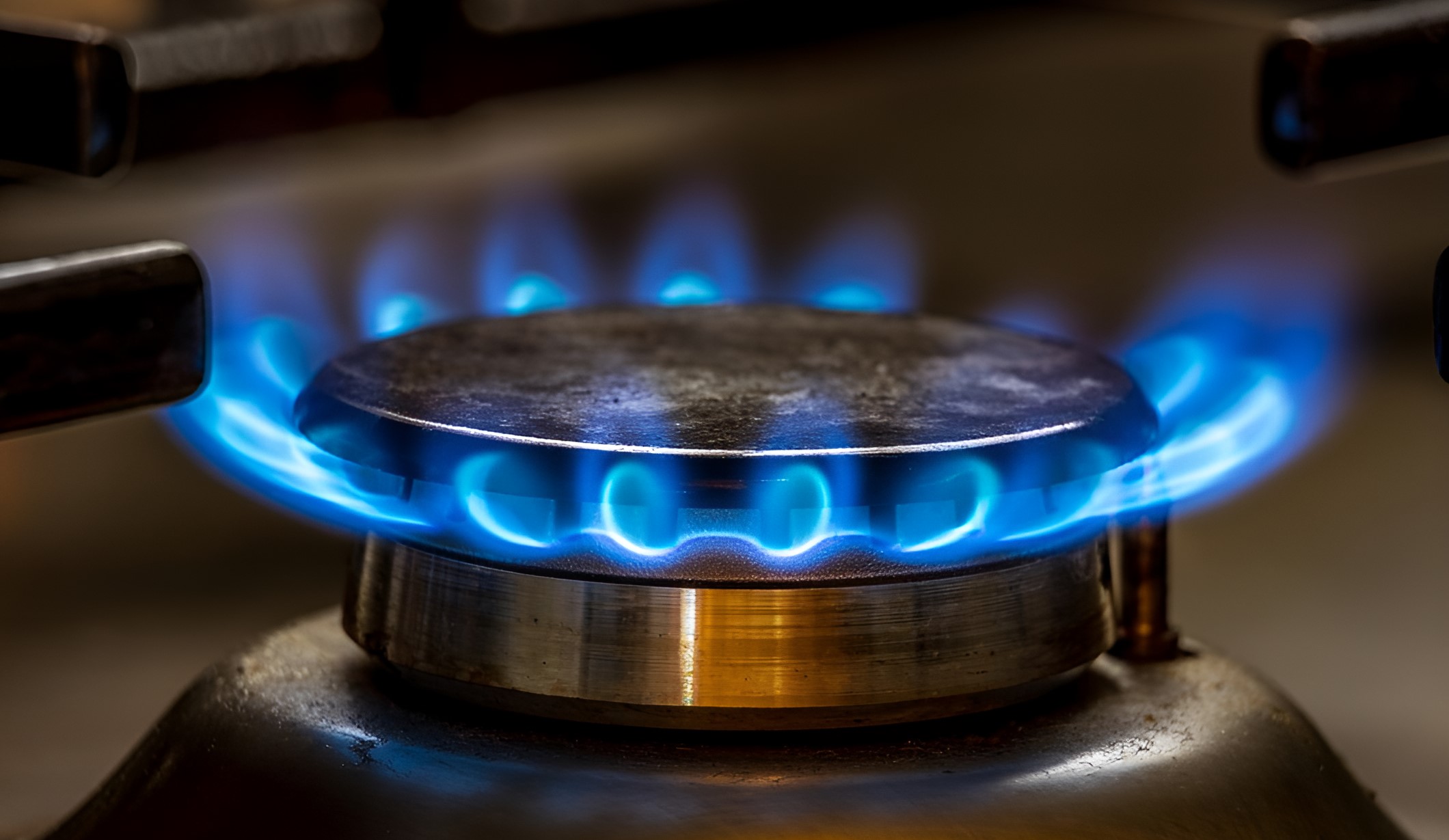Selective catalytic reduction for Nox removal
Optimize your emissions control with advanced selective catalytic reduction, effectively reducing NOx, CO, and VOC levels to enhance air quality and meet stringent environmental regulations.

Reduces NOx, CO, and VOC Emissions
The SCR for NOx and CO/VOC removal from GEA is an engineered solution designed to meet the stringent emission control needs of the cement, glass, and chemical industries. This system stands out for its use of Selective Catalytic Reduction technology, which effectively reduces NOx via ammonia injection upstream of a high-activity catalyst that enhances the conversion to nitrogen and water. It finds applications in emission control systems for the production of glass bottles, cement clinker, and industrial gases, offering continuous high-efficiency operations.
The SCR system integrates seamlessly into existing production lines, positioned after dedusting systems in low-dust arrangements. It features a gas distribution system for optimal mixing and a swirl breaker for even flow across the catalyst bed. Designed for reliability, it minimizes ammonia slip and reduces catalyst fouling through precise temperature control.
The system’s automation includes a PLC-controlled environment and a gas-gas heater for temperature management, utilizing either internal or external heat sources. Operational efficiency is further supported by a low-pressure drop design, which ensures cost-effective performance with lower CAPEX and OPEX compared to conventional DeNOX systems. Customization and engineering support are available to tailor the system to specific operational requirements, ensuring it meets both current and future emission standards.
Benefits
- Ensures compliance with stringent environmental regulations by minimizing NOx, CO, and VOC emissions.
- Reduces operational costs with a low-pressure drop design and efficient ammonia usage.
- Extends catalyst lifespan through optimized temperature management and anti-poisoning measures.
- Integrates easily into existing facilities with flexible installation options and automation capabilities.
- Enhances process reliability with proven long-term operational stability and reduced maintenance demands.
- Applications
- Cement plants, Emission control systems, Catalytic gas cleaning, Chemical industry, Industrial gas cleaning, Glass industry
- End products
- Industrial gases, Ammonia-free exhaust gases, Cement clinker, Optical glass, Airborne pollutants-neutralized gases, Processed emissions, Automotive glass, Sheet glass, Architectural glass, Glass bottles
- Steps before
- Dust filtration, Exhaust gas cooling, Ammonia injection
- Steps after
- Dedusting, Catalytic gas cleaning
- Input ingredients
- NOx, CO, VOC, aqueous ammonia solution, urea, compressed air
- Output ingredients
- nitrogen (N2), water
- Market info
- GEA is known for its expertise in engineering innovative and sustainable equipment and solutions, focusing on sectors such as food, beverages, pharmaceuticals, and energy, with a reputation for quality, efficiency, and advanced technological applications in industrial processing.
- NOx Reduction Efficiency
- High efficiency
- Pressure Drop
- Low pressure drop
- Ammonia Slip
- Minimum slip
- Automation
- Control by NOx outlet concentration
- Gas Distribution
- Swirl breaker system
- Catalyst Type
- High-activity catalyst
- Catalyst Cleaning Interval
- 24-hour intervals
- Temperature Management
- Gas-gas heater required
- Installation
- Post-dedusting system
- Gas Preheating
- Internal or external heat source
- Catalyst Resistance
- Resistant to poisoning/fouling
- Working Mechanism
- Catalytic reduction through ammonia injection
- Integrated Steps
- Aqueous ammonia evaporation and mixing
- Batch vs. Continuous Operation
- Inline Continuous
- Automation Level
- PLC controlled
- Energy Efficiency
- Reduced pressure drop
- Cleaning Method
- Intermittent catalyst cleaning
- Temperature Control
- Recuperative or regenerative heating
- Ammonia Slip
- Minimum slip ensured
- Catalyst Life Extension
- Mitigation of poisoning, optimized inlet temperature
- Control panel type
- PLC-integrated / HMI touch panel
- Integration possibilities
- SCADA / DCS / Remote Monitoring
- Inlet temperature optimization
- Pre-configured / Adjustable
- Heat source options
- Internal waste gas / External natural gas burner


